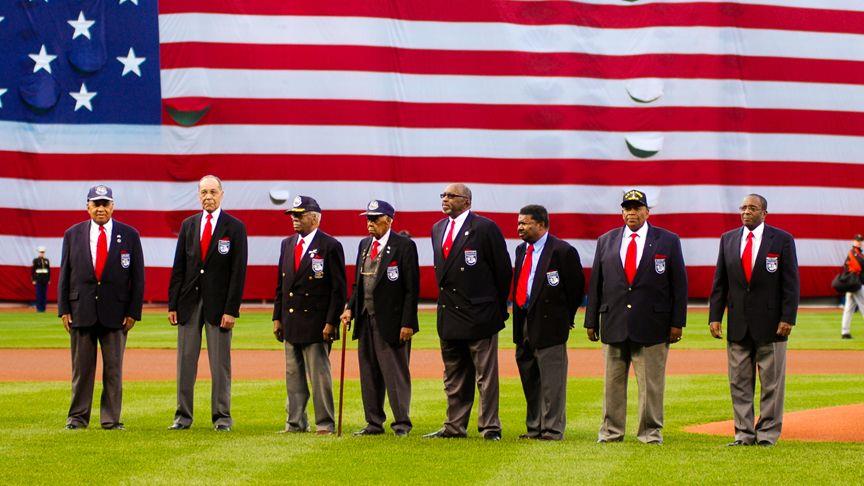On March 19, 1941, the U.S. War Department established the 99th Pursuit Squadron (later renamed the 99th Fighter Squadron). It activated the unit three days later. As time went on several other squadrons were formed including the Tuskegee Airmen, which was America’s first squadron of African American pilots.
Not surprising, given the political climate, African American aviators were barred from flying in the U.S. Army Air Corps (the predecessor to the Air Force). In fact, they rarely entered any cockpits at all. Census records show that only a few dozen licensed African American pilots lived in the entire United States prior to World War II. That number finally began to rise when several African American colleges were included in the Civilian Pilot Training Program, which Congress created in 1939 to ensure that pilots would be available should war break out.
In 1940, Republican presidential nominee Wendell Willkie promised to desegregate the military, prompting his opponent Democratic President Franklin D. Roosevelt, to authorize the enlistment of African American aviator, among other modest civil rights concessions. The pilot unit would be trained at the Tuskegee Institute in Alabama, a historically black college founded by Booker T. Washington. Before the first cadets arrived, the program got a publicity boost when First Lady Eleanor Roosevelt was taken up in a plane flown by Alfred Anderson a Chief Black aviation pioneer who served as the Tuskegee Institute’s chief flight instructor.
Living in tents, the inaugural class of Tuskegee pilots only five of the 13 original cadets made it to graduation in March 1942 including Benjamin O. Davis Jr., who would eventually become the unit’s commander. More graduations quickly followed, and the program was expanded to comprise not only the 99th Fighter Squadron, but also the 199th, 301st, and 302nd fighter squadron, and the 477th Bombardment Group, as well as support forces.
 |
|
Members of the Tuskegee Airmen are honored on
the mound at Fenway Park, Boston, MA. File Photo
|
